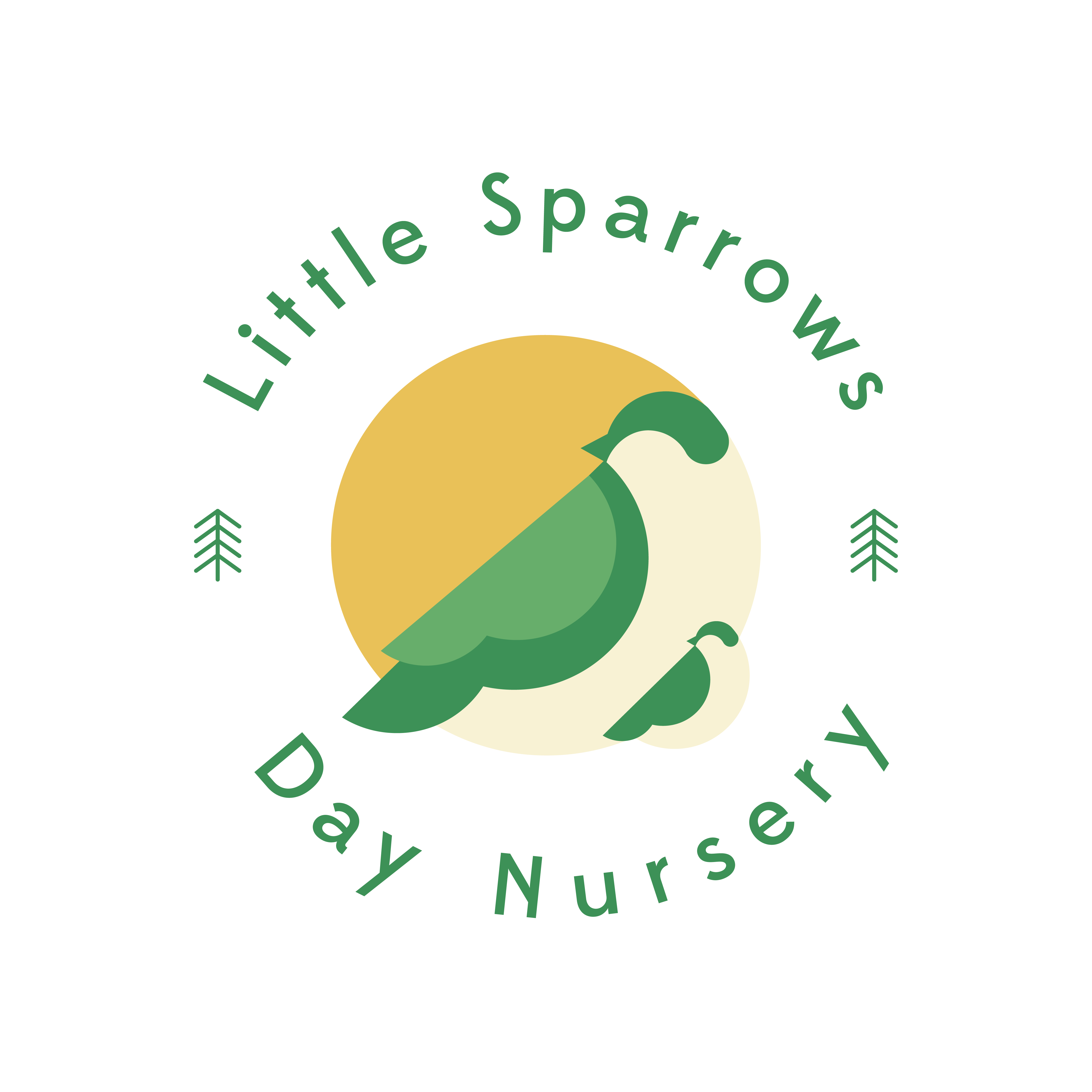CREATIVITY & SENSORY - Team Training
- Little Sparrows

- Feb 6
- 4 min read
This month in our team training session, we looked at why sensory experiences are so important in the early years, the harm in structured creative experiences and how the Reggio Emilio Approach can support Practitioners in enabling children's creativity.
Example of Sensory & Creative Play Ideas
Firstly let's start by looking at some examples of what creative, sensory activities could be:
Water play - filling up bottles, funnels, chutes, tea set, washing babies, sea life
Malleable play like clay, play dough, cornflour & water, moon sand
Mark making - writing and drawing with pencils, in sand, in mud, with water, paint
Messy play - like oats mixed with water & paint, child safe foam
Painting - free painting, printing, rolling, painting body parts
Sand / Rice / Mud play - wet / dry
Natural resources found in the garden - sticks, stones, leaves, flowers, seeds
Sticking – using different materials, textures, giving able children opportunities to use scissors
Junk modelling - painting, sticking, connecting, using string, tape, thinking of sizes and shapes – using 3 D shape names
Woodwork & Construction
Making play dough – adding colours, smells, textures
Cooking
Dancing & singing & musical instruments
Light play
Pretend imaginative play - small world and role play
What do you young children learn from sensory experiences and why is it so important?
Children learn about the world through hands on exploration
Understanding how things work and developing problem solving skills
Sensory experiences can really help to boost your child's vocabulary! It can provide lots of new language opportunities
Supports brain development, building up connections and encourages curiosity and a love for learning
Building finger and larger muscles
Opportunities for children to communicate by being excited and curious – children are more willing to speak and share their ideas with adults & peers when they are excited & interested. This can also help build relationships
Emotional regulation – helping to calm children down or release energy
Children learn how to be curious, they develop a love for learning.
Build concentrations & attention skills
Have you ever visited a school and seen all the art work on the walls looking identical?
The Poem 100 languages of Children by Loris Malaguzzi summaries beautifully how adults and society can take away opportunities for children's to be creative.
How can we stretch children’s own creativity?
We must step away from our vision of the end product i.e. a racing car with 4 wheels and consider what the child may see, want to make & what they may need. For examples they may want to make a huge car, tiny car, flying car, car with a flat tyre or maybe not even a car at all?
Providing lots of choices that they can access themselves, can help facilitate children's own ideas - think about box sizes & shapes, textures, materials, colours, tape, string, glue etc
Using open ended questions, rather than closed questions allows the child to stay in control – see below for some examples.
Listening to your child and following their own ideas and interests. Sometimes this may lead to children destroying their model or cutting up their art work (because thats what they want to do) ... and that is okay. It's about the process, not the end result - no matter how painful it is to watch!
Asking what your child would like to make, how they will do it and what they need. Planting some ideas can support young children
Getting more resources when needed to bring those ideas to life!
How do young children develop a Love for learning?
Young children develop a love for learning through creativity, exploring their senses through messy play, mud, sand, clay, nature, building strong brain connections, problem solving, marvelling, being curious and interested!
Role modelling to you child the excitement, awe and wonder of our world will help them to become inquisitive learners with a positive mind set.
Love for learning is about children enjoying the process and developing good attitudes towards learning.
VOCABULARY & LANGUAGE
Describing words: gloopy, stringy, wet, cold, sticky, runny, drippy, sludgy, slimy, mushy, smooth, rough, bumpy, powdery, chunky, jagged, soft, grainy
Action Words: up, down, fast, slow, high, low, dabbing, scrapping, patting, poking, pinching, rubbing, kneading, stretching
Maths
Positional language - on top, under, behind, in front, next to, around, in the middle, close, far away
Shapes – 3 D shapes especially – Cube, cuboid, triangular pyramid, cylinder, sphere, ovoid etc
Talking about the shapes, textures and colours (avoiding closed, testing questions such as 'what colour is that' instead marvelling at how smooth something is or jagged is may feel)
Sizes
Speed
Pattern making
Open Ended Questions
Open ended questions gives your child an opportunity to think and use their language to respond - whilst they take they lead.
Tell me about what your making?
How many.. eyes / wheels.. would like you like?
Where would like you like that to go?
What size would you like?
How can we make that happen?
Why could this be happening?
How did you do that!
What do we need?
Can you feel how…. ? the clay is cold to touch? What does it feel like on your face? your toes?– making comments and observations are you go c an draw children in
What made you think of that?
How can we…? Find out more? Connect this?
What could you change?
How does that work?
What’s your plan?
What are you thinking?





Comments